Our painting is attributable to a follower of Vernet, Joseph Claude, who replicates a painting by Master Vernet. (Avignon, 14 August 1714 – Paris, 3 December 1789).
Vernet often contrasted these representations of the "Calm Sea" with those showing the "Stormy Sea". Claude-Joseph Vernet's seascapes were in demand throughout Europe, especially by travellers on the Grand Tour who stopped in Rome. His return to France in 1753, five years after the creation of this painting, was equally triumphant. Diderot celebrated it in his writings, and it was not only the French aristocracy who showered him with important commissions.
cm. 117 x 143
Claude Joseph Vernet was a famous French landscape painter and engraver born in 1714 in Avignon, who began his artistic career as a child, thanks also to his father who painted decorations for panels and sedan chairs.
Soon, however, Vernet's ambitions increased and so he undertook a trip to Italy to study the best landscape and marine painters in Rome, where he remained for twenty years. In the Roman artistic environment, Vernet was immediately able to get noticed thanks to some common characteristics in his paintings, such as the representation of atmospheric events or the large space left to the sky and moments of daily life: in fact, despite being a landscape painter, Vernet gave great importance to the human figures that animated the scene. It is said that for these peculiarities he was influenced by another meeting made in the Roman environment, the one with Giovanni Paolo Panini. In the countless portraits of marine landscapes, a purely descriptive and representative effect of natural events such as shipwrecks, storms, calms or port life can be noted, which stand out because they contrast with some of the first proto-romantic paintings that proposed an interior characterization in the vision of the stormy sea and the landscape. Vernet became so famous throughout Europe that in 1753 the Marquis of Mariny, part of the court of Louis XV, called him back to France to commission several works representing French ports. Only 15 of the 24 commissioned works were completed but they still earned Vernet great value also from the French Navy, especially the painting "Port of Rochefort".








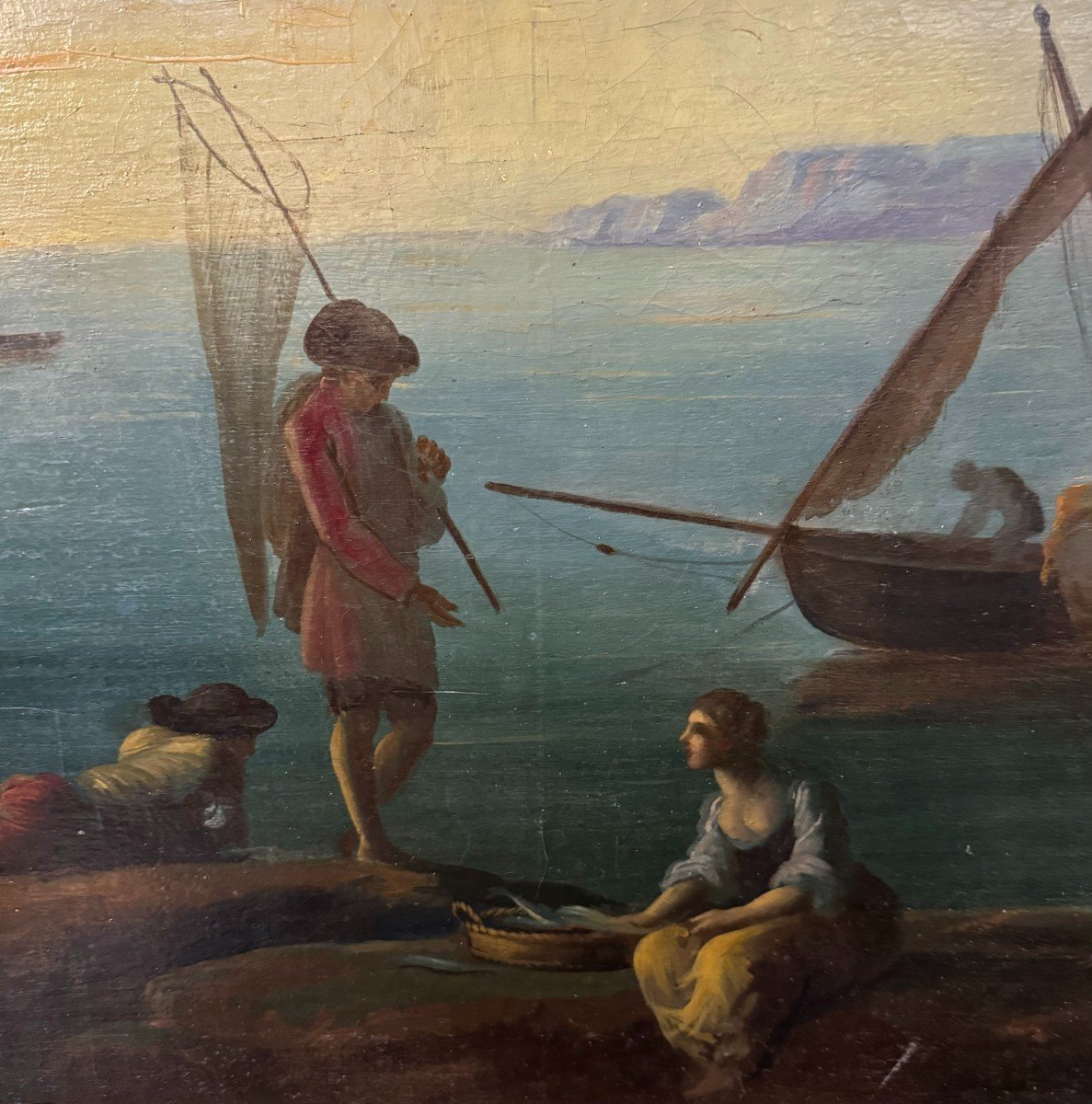



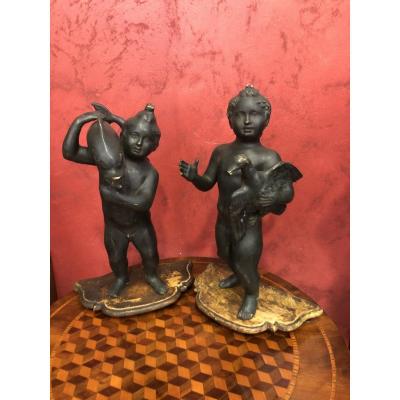




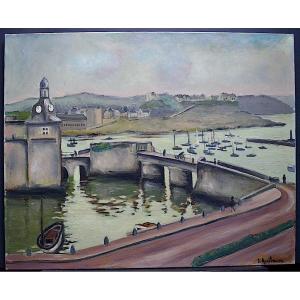
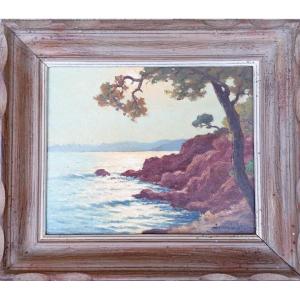

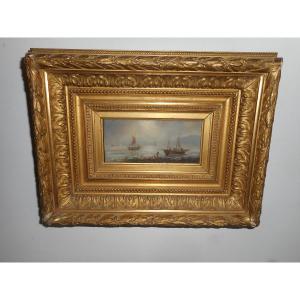





 Le Magazine de PROANTIC
Le Magazine de PROANTIC TRÉSORS Magazine
TRÉSORS Magazine Rivista Artiquariato
Rivista Artiquariato
